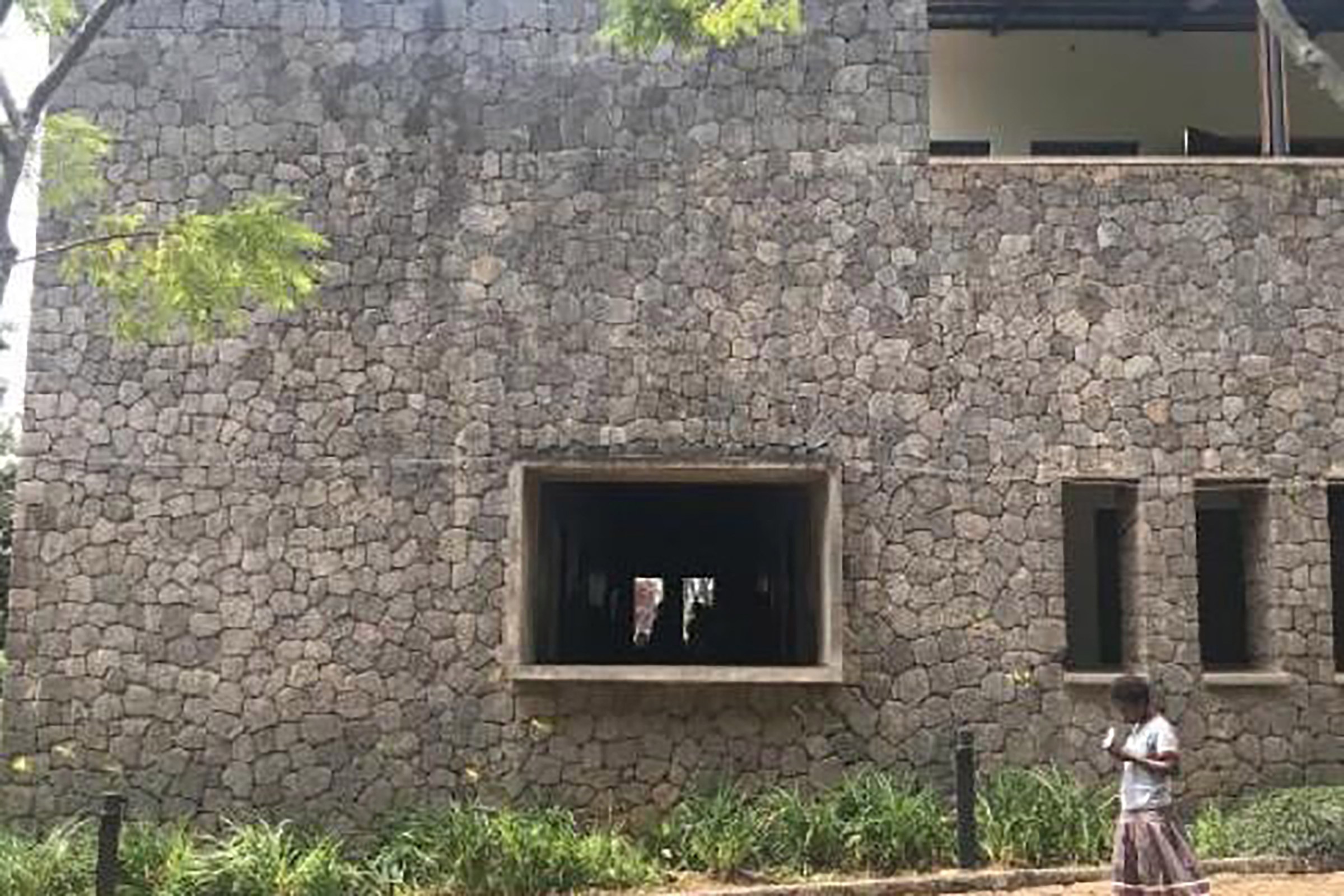Student explores local materials and methodologies for community empowerment in Africa

november 21, 2019
Architecture student Taylor Scott recently completed an international research project "Constructing Futures." The goal was to document and analyze how informal vernacular building materials and methodologies can empower communities to become self-sufficient and explored case studies across Eastern and Southern Africa. Scott focused on this region of Africa was selected due to the rapid population and urbanization boom currently underway. By 2030, it is projected that 54% of the global population will be African. This sets the stage for architects to provide innovative community-based solutions to alleviate the shortage of housing, healthcare, and educational buildings.
"Empowering communities through design has been an important topic for me throughout my academic and professional architectural experience," Scott said. "I was first exposed to the idea while leading educational and healthcare design/build projects in rural Honduras prior to graduate school. I saw first-hand how designing and constructing side-by-side with community members created more resilient, meaningful architecture. As a designer, I wanted to continue to learn/explore the importance of local design vernacular and craft in order to create sustainable buildings and communities."
While visiting Rwanda and Malawi, Scott profiled various architecture firms utilizing vernacular typologies and local craft to build schools, homes, and hospital centers. He also interviewed multiple craftspeople who were trained and/or hired by these design firms. These individuals are local community members who, through their participation in the design/build process, refined an existing trade skill or learned a new craft.
In many cases, these craftspeople are now gainfully employed in the design and construction field, they have effectively lifted themselves and their immediate family out of extreme poverty, and have started to train other members of their community to become more self-sufficient.
"New foreign investment has led to a construction boom in many African cities where the architecture does not reflect or address the diverse African design heritage," Scott said. "While I was in Kigali, the capital city of Rwanda, I was impressed to see just how African some of the new construction looks and feels. Many local architects have incorporated vernacular typologies in modern, interesting ways. The city felt progessive, inclusive, and forward focused on what a futuristic African city can be. It's a must-see!"
Scott's work was supported by the Class of 1973 Travel Fellowship Award, an annual travel opportunity given to one student at Tulane School of Architecture.